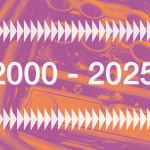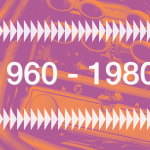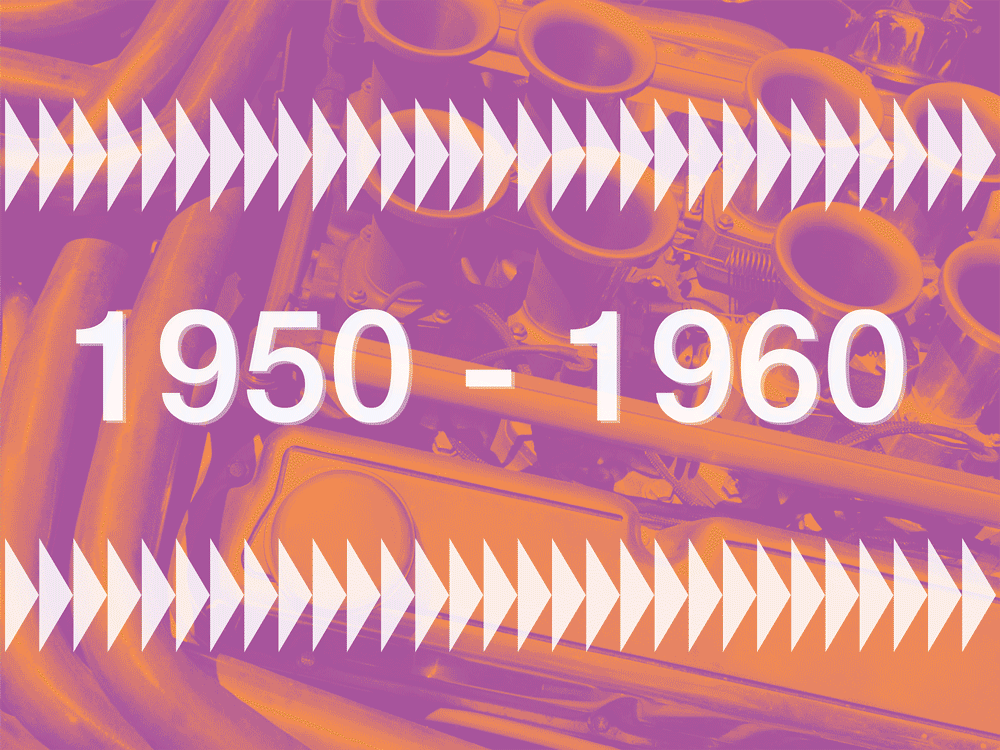This story first appeared in the US in the September/October 2024 issue of Hagerty Drivers Club magazine. It explores the developmental timeline of horsepower in the automotive industry. We kicked things off with the engine’s early development, from 1776–1900, here. Time marched on, and so did our coverage, through the early 20th century and the 1920s–50s. Stay tuned as we continue our daily installments highlighting all the major evolutionary milestones in horsepower. Enjoy! –Ed.
How much horsepower does it make? The question is, in many practical respects, pointless. Pretty much every vehicle on the road has enough power to do what it needs to do, and then some. Yet for enthusiasts, it’s critical, part of a secret handshake that tells us not only what someone’s driving, but whether they know and appreciate what they’re driving.

The horsepower your car produces is the product of some 250 years of continuous improvement, serendipitous discoveries, and daring feats – most of it revolving around a type of air pump we call the internal combustion engine.
As we write this, the future of the engine, the beating heart of the automobile, is somewhat in doubt. There’s no question, though, that our horsepower quest will continue. We will keep tweaking, and the numbers will keep growing. But it’s worth pausing, if only for a moment, to reflect on just how far we’ve come.
***
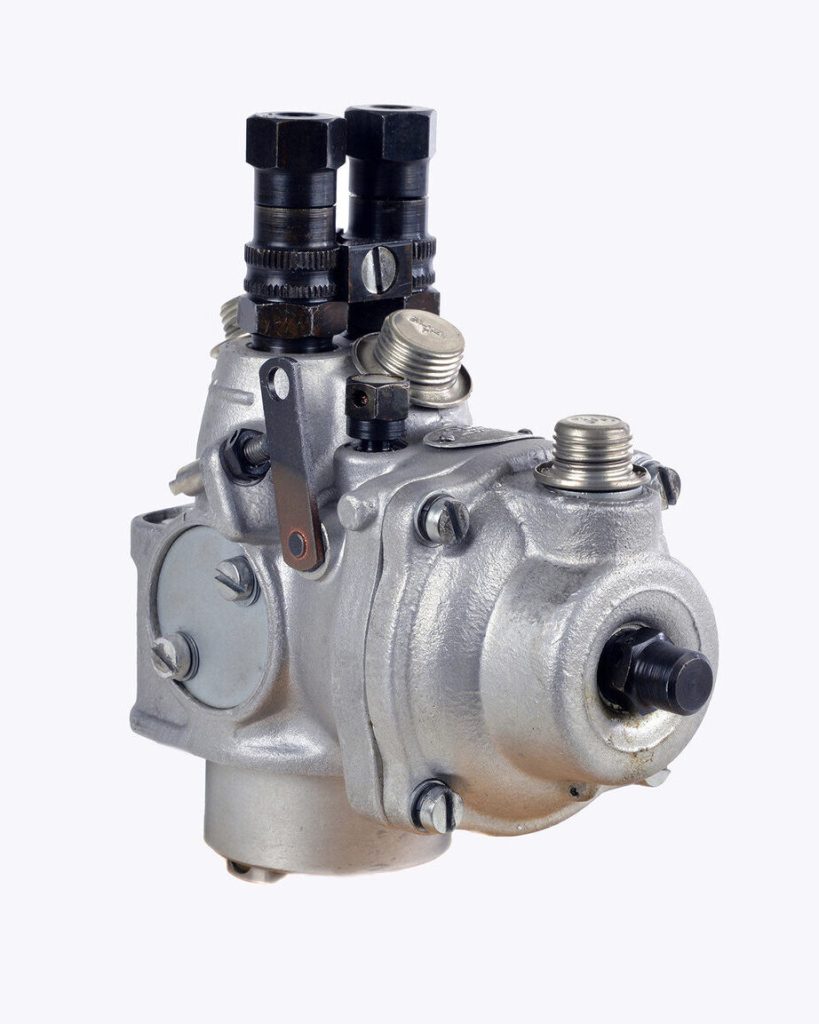
1952: The first production mechanical fuel-injection system for spark-ignition engines, developed by Robert Bosch, is introduced in the compact Goliath sedan in Germany. Although achieving ample horsepower is certainly possible with carburettors, fuel injection simplifies that task while also maximizing fuel economy over a broader rpm range.
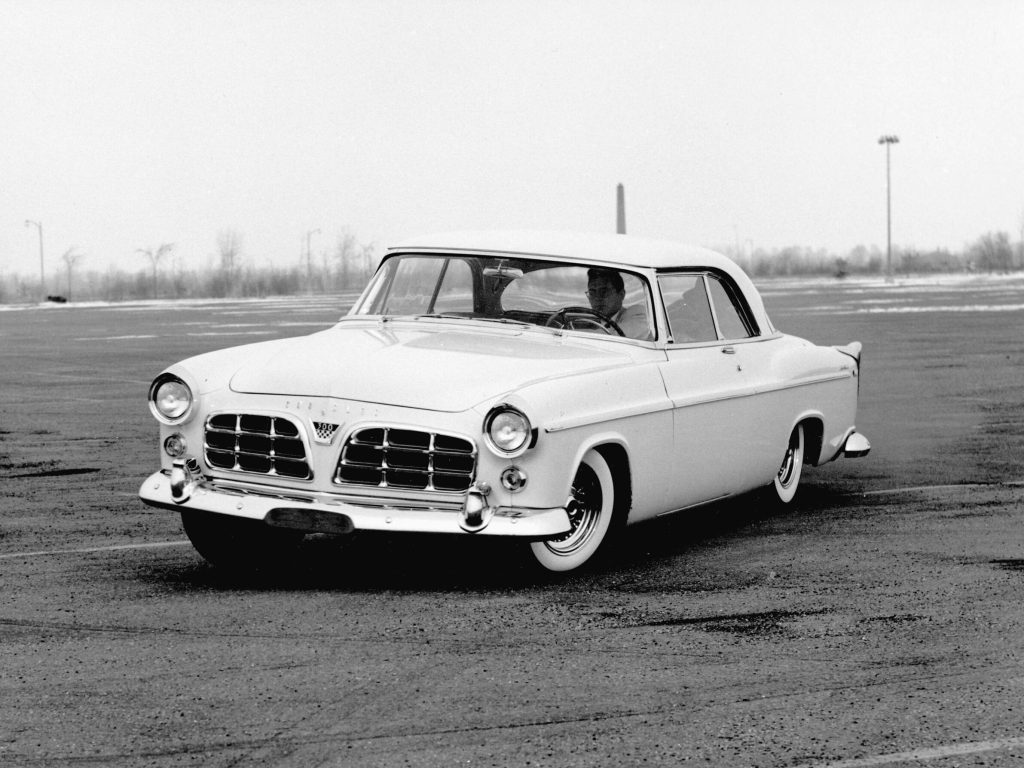
1955: The American muscle car era is green-flagged by Chrysler’s C-300 powered by a dual-four-barrel Hemi V8 producing 300 horsepower.
1956: The US Federal-Aid Highway Act passes. The Interstate Highway System is intended to reduce traffic and improve road safety. It also literally and figuratively paves the way for higher horsepower cars capable of taking full advantage of thousands of miles of high-speed roadways.
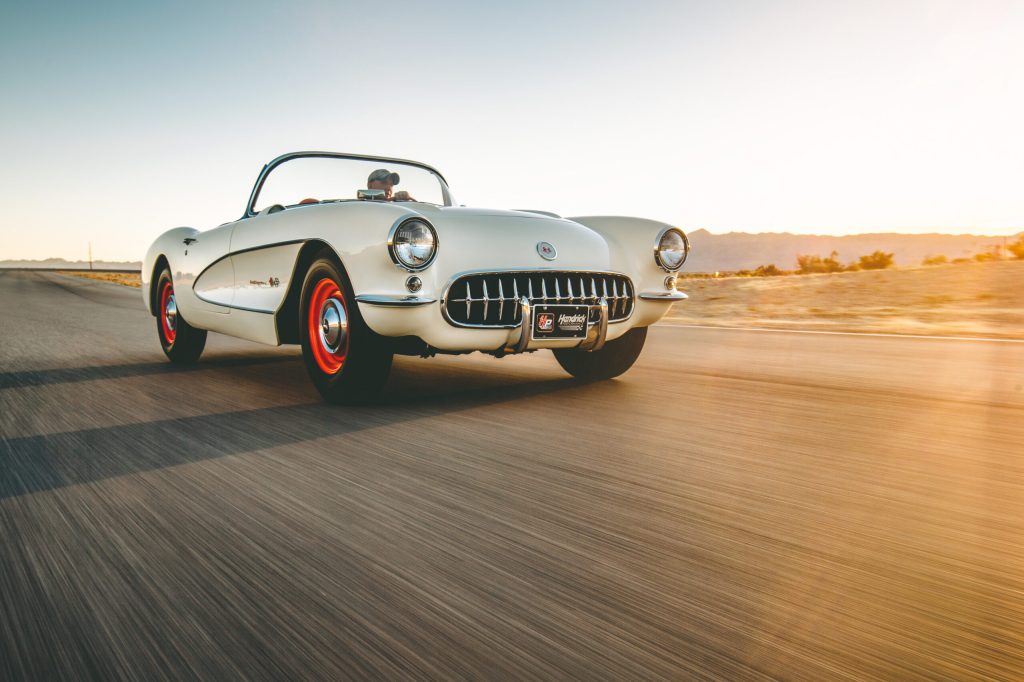
1957: The Chevrolet Corvette’s mechanically fuel-injected 283-cubic-inch V8 produces 283 horsepower – 1 horsepower per cubic inch.

AMC’s Rambler Rebel offers Bendix Electrojector electronic fuel injection as an option on its 288bhp V8. Chrysler Corporation followed a year later with similar equipment for various Chrysler, DeSoto, Dodge, and Plymouth models. Unfortunately, these initial EFI systems were so unreliable that the 35 or so cars so equipped had to be retrofitted with carburettors. Bendix sold its patents to Bosch, which redeveloped the technology as the first D-Jetronic fuel injection, introduced on the 1967 Volkswagen 1600, followed by various Citroën, Porsche, Mercedes-Benz, Saab, and Volvo car lines. Britain’s Lucas also purchased a license to equip Jaguars with EFI.
Rising horsepower generates a backlash: America’s Automobile Manufacturers Association bans direct factory motorsports participation for safety reasons, driving hardcore performance development underground.
Return to Part III (1920–1950), and stay tuned for Part V (1960–1980).
